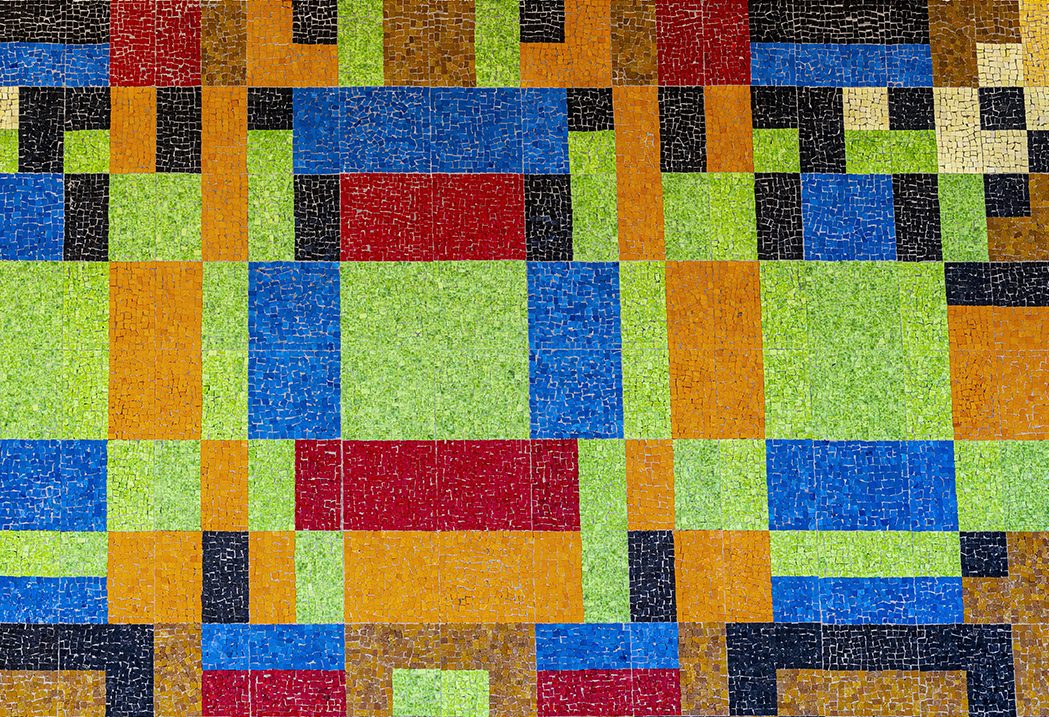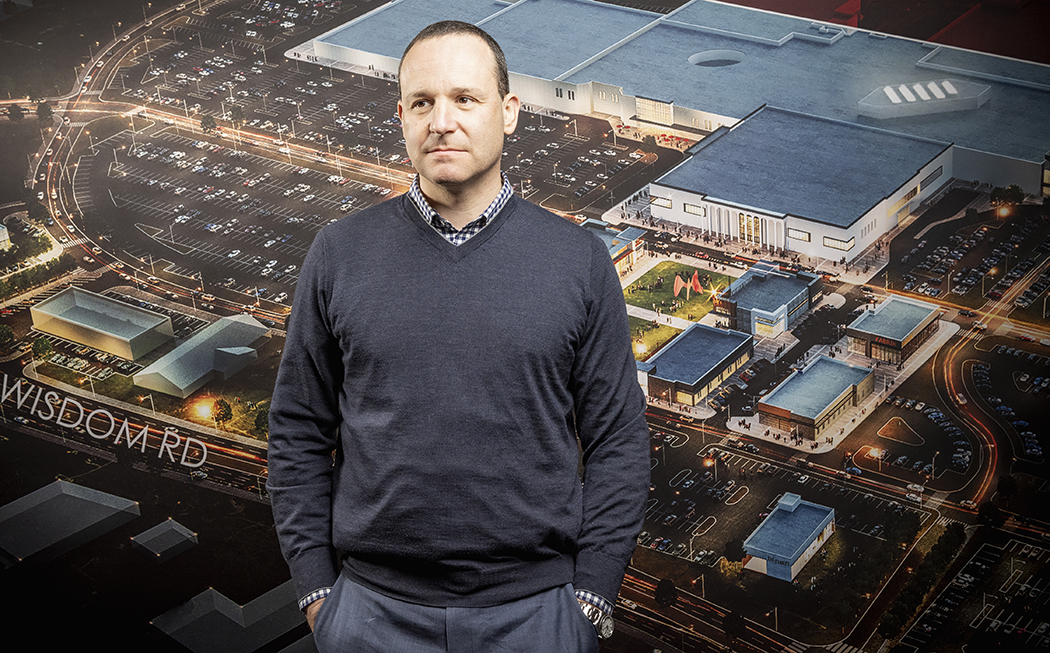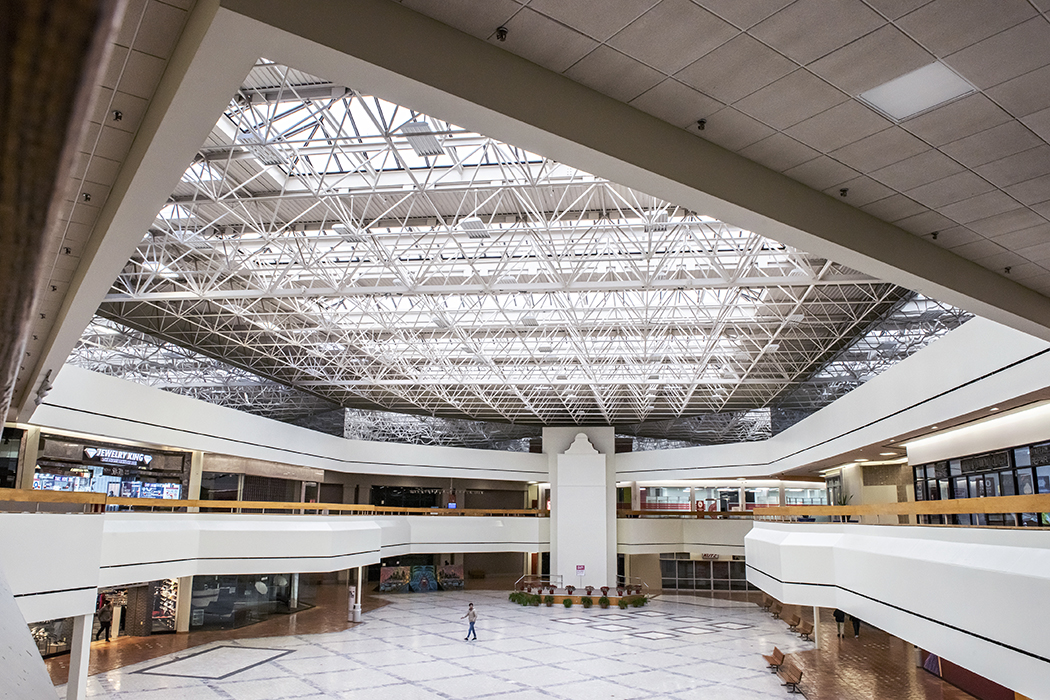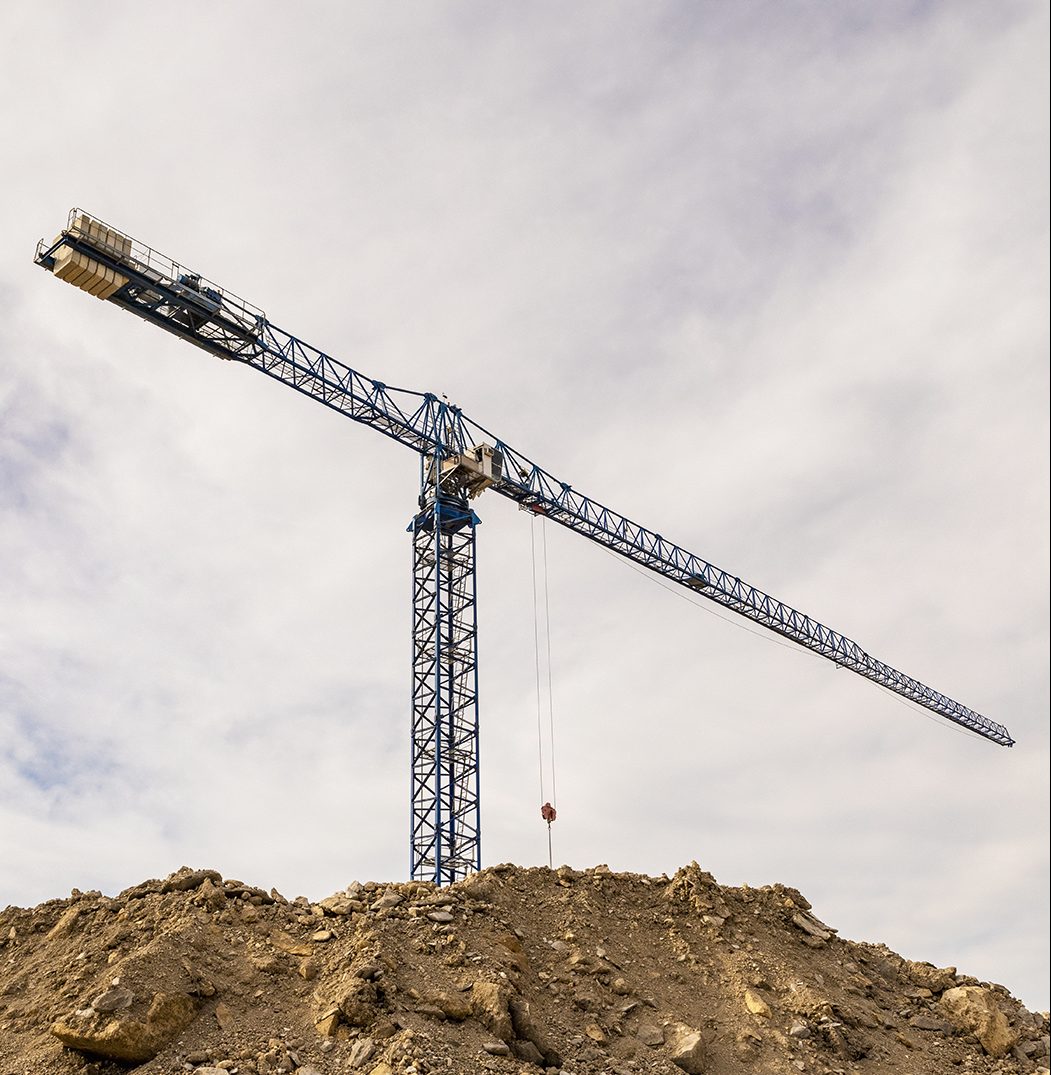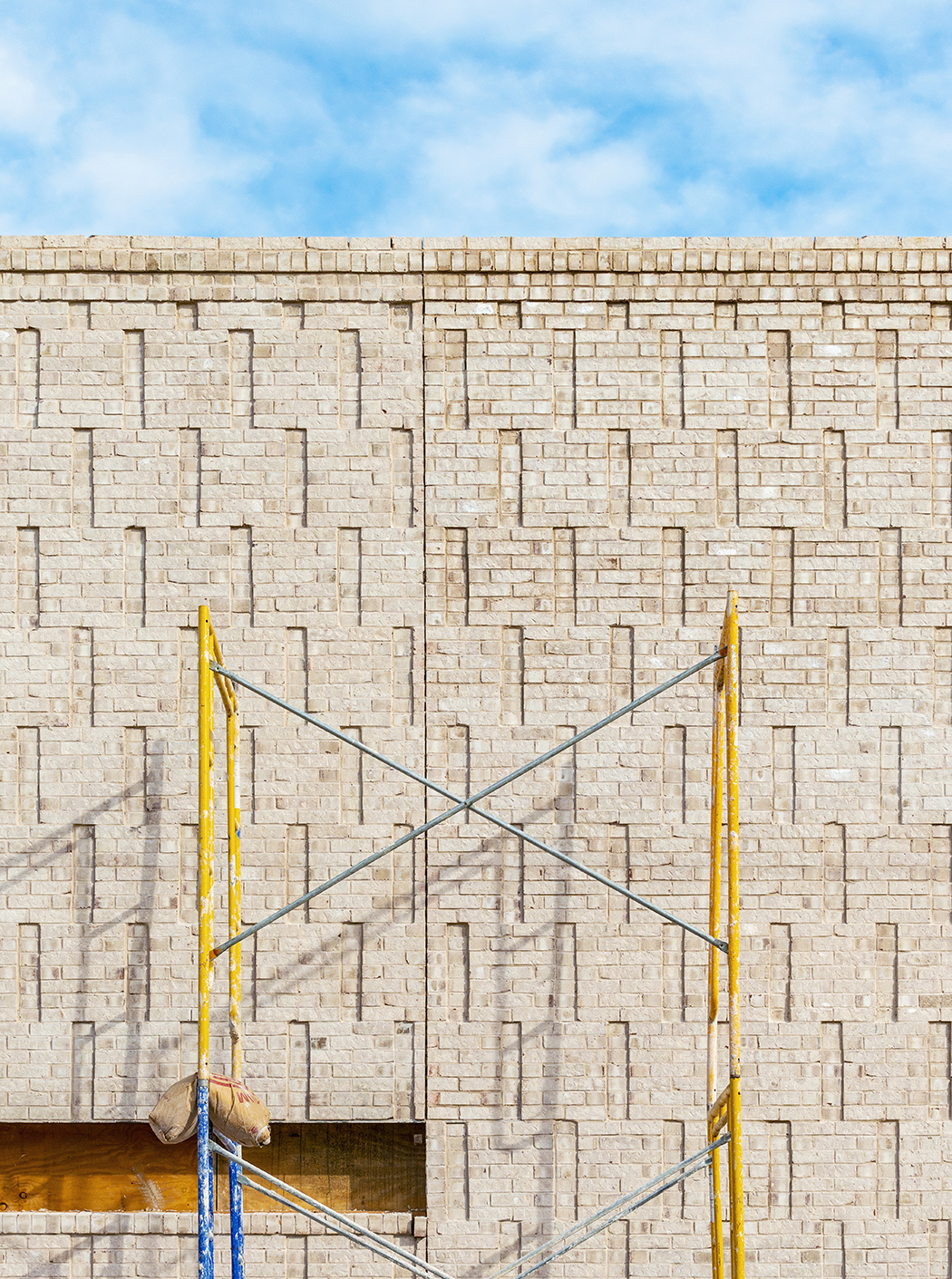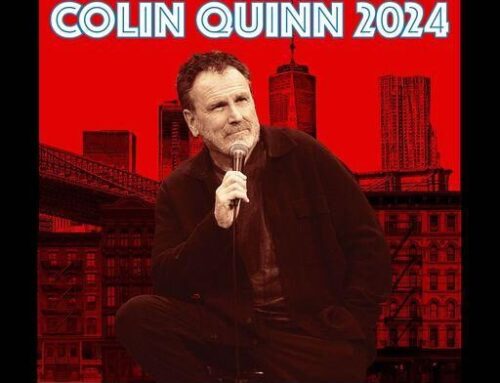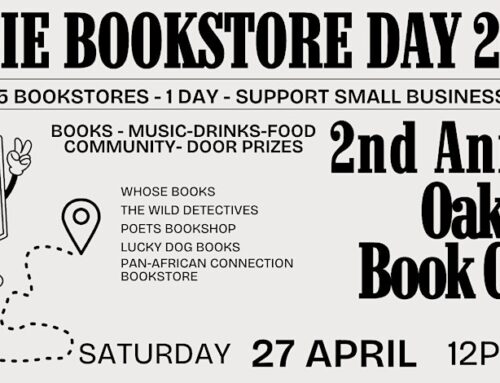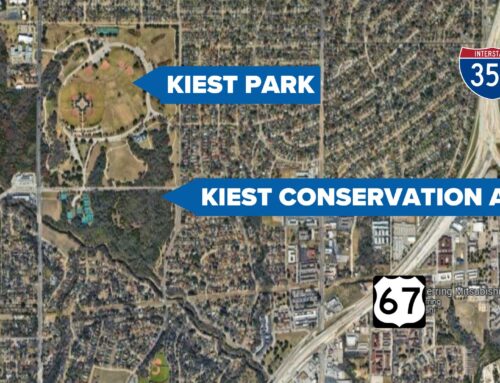It happened so fast.
In one generation, malls became the center of life and culture in America.
And then they died, one by one, as department stores lost significance and closed their doors starting in the early 2000s.
Once a glamorous place to browse Titche’s and Dillard’s, to have lunch with friends at El Chico or Wyatt’s Cafeteria, a mall became a cavernous haunt of T-shirt airbrush shops, disposable-fashion stores and empty spaces.
Now a developer has plans to return Red Bird Mall to its former glory as a community center and economic engine for Southwest Dallas.
Shot in the arm
The Red Bird Starbucks isn’t just a coffee shop.
It’s a workforce hotspot with a goal of training 100 customer-service reps each year, a meeting space equipped with a conference room and a shot of economic promise in a neighborhood that hasn’t seen much of that.
Starbucks opened near Red Bird Mall last year in a space across the street from one it closed in the late ’90s, after the Seattle-based company expanded too quickly and had to close hundreds of stores.
Twenty years later, the new store marks one of the first major corporate investments in the neighborhood in years, thanks to a push from investors and civic leaders.
Small businesses scratching by on cheap rent kept the retail areas on life support for decades, but City Hall is aiming higher now.
City Councilman Casey Thomas’ Rebirth of Red Bird initiative aims to bring topnotch business back to Red Bird.
Thomas and Mayor Pro-Tem Tennell Atkins, whose City Council Districts abut in Red Bird, formed a private/public partnership to open the WellMed Charitable Foundation Senior Activity Center in December. WellMed spent $2.1 million on the 20,000-square-foot senior center, which has workout facilities, fitness classes and pool tables, and an adjacent for-profit medical office. The city’s Park and Recreation Department provides staff and programming at a cost of about $250,000 a year.
It is WellMed’s eighth senior center in Texas.
“This is an incredible model for economic development that also fulfills our needs for fitness and recreation” for seniors, Park and Recreation Director Willis Winters told the Dallas Business Journal when it opened.
Return of Red Bird Mall
Investor Peter Brodsky bought most of Red Bird Mall in 2015 with a plan to redevelop it.
Last year, City Council awarded $22 million in economic development funds for Brodksy’s vision, expected to total about $157 million.
After 14 years in Dallas, Brodsky realized this was home, so he enrolled in Leadership Dallas as a way to get more involved with the city.
“That was life-changing for me because it exposed me to a lot of other sides of the city that I just hadn’t had exposure to,” he says. “I found that I liked the city more after that experience because it was much more diverse, much more progressive, much more interesting.”
Like many of his neighbors in Preston Hollow, he previously spent all of his time at home, his North Dallas office and at his kids’ private schools.
Many people in northern Dallas hold over-simplified views of southern Dallas, he says.
“It’s kind of painted with a very broad brush of being poor and dangerous,” Brodsky says. “And that was not my experience.”
He noticed that the middle-class neighborhoods of South Oak Cliff and Red Bird had a severe lack of commercial amenities.
“The commercial offerings did not reflect what you saw in the residential areas,” he says.
Brodsky also revived the name Red Bird after its rebranding as Southwest Center Mall in the 1990s.
“This part of town has been other-ized in a lot of ways so that people hear ‘Red Bird,’ and they think ‘dead bird,’ and they think ‘black bird,’ and they think ‘Oh, nobody ever makes money in Southern Dallas,’ ” Brodsky says. “Why would you ever put something nice there? And that’s their first reaction. To get people to change their minds about that takes a long time.”
There have been a couple of previous efforts to revitalize the mall. What’s different this time is that Brodsky owns 78 acres, more of the mall than any previous owner.
The way malls were financed in the ’70s, a developer would build out the mall’s interior, but the anchor tenants like J.C. Penney and Sears constructed and owned their buildings and adjacent parking lots.
So imagine trying to revitalize a mall whose front entrance you don’t own, for example.
It took 10 transactions to compile the acreage, including the entire mall except for Burlington Coat Factory, which is still open, and Sears, which is owned by a real estate investment trust that has plans to redevelop it. Brodsky also owns several adjacent retail pad sites.
“We’re trying to get people to recognize the potential of southern Dallas as it actually is and not what their perception is. You can’t do that with a 10,000-square-foot strip center,” Brodsky says. “It has to be done in a big way. This is a massive redevelopment on a massive property.”
Perceptions will change when it’s proven that a wide variety of amenities can thrive in the neighborhood, he says.
Red Bird renovations
Brodsky plans to turn the entire second floor of the mall, with its sweeping skylight, into office space. It will be first-class office space at a lower rate than what a company might pay up north. And once the success of those tenants begins to show, Brodsky says, more will follow.
The ground floor would be for restaurants and shopping.
Already a Marriott Courtyard hotel has signed on to build on a Red Bird pad site.
Brodsky plans to knock down the existing food court and create a 1-acre green space that could be programmed with events such as outdoor movies, fitness classes and festivals.
He wants high-end apartments, local restaurants and streets and sidewalks, a walkable urban neighborhood.
“In North Dallas, there’s a Starbucks on every corner,” Brodsky says. “So if you’re looking for tenants in North Dallas, you want an Ascension. But people here are very happy to have a Starbucks. I think it will be a tremendous sign of success if in 10 years there’s a demand for a boutique coffee shop.”
Putting a Starbucks or other middle-class amenities in Red Bird is perceived as risky. Most real estate brokers wouldn’t do it because if it fails, then the blame falls on that idea. Few commercial real estate professionals want to take a “risk” when they could just sell or lease something in the Design District, for example.
Brodsky’s approach essentially was to create a real estate company whose only project is Red Bird.
Starbucks was his first big fish.
And it’s just Starbucks, but it’s built of wood and steel. It has a cement parking lot rather than asphalt, and it’s surrounded with lush landscaping. It would fit into any of Dallas’ toniest neighborhoods.
It’s the first of what Brodsky calls “early adopters” who are buying into the neighborhood.
“It’s a high-end amenity. It’s going to do incredibly well. There’s such a demand for it,” Brodsky says. “And so people will see that people are willing to pay $5 for a cup of coffee. That means maybe they’ll buy my product too.”
The Bishop Arts District is open for business.
That’s what independent retailers want their residential neighbors to know.
Construction, including intrusion from cranes and boom lifts and the temporary closure of the Eight Street overpass (now open again) has caused a decrease in sales, they say. (See “Shop Oak Cliff,” page 10.)
Neighbors could probably ride our bikes or walk to Bishop Arts. But let’s face it: If you’re stuck on driving and are avoiding the area because you think there’s no parking, please reconsider.
Exxir Capital, the developer that recently constructed thousands of square feet of retail, office and residential space around Bishop and Melba, with more in the works, temporarily donated a parking lot at the southeast corner of Bishop and Ninth. Now that there are streetlights and businesses in the 400 block of Bishop, the walk from that lot feels safer.
Julie McCullough of Harkensback boutique says the Bishop Arts Merchants Association is considering creating a ride-share stand. Currently Uber drivers pick up and drop off in front of Lockhart Smokehouse, which backs up traffic.
The merchants also want signage pointing to the new parking lot.
“Valet should be the last option,” McCullough says.

